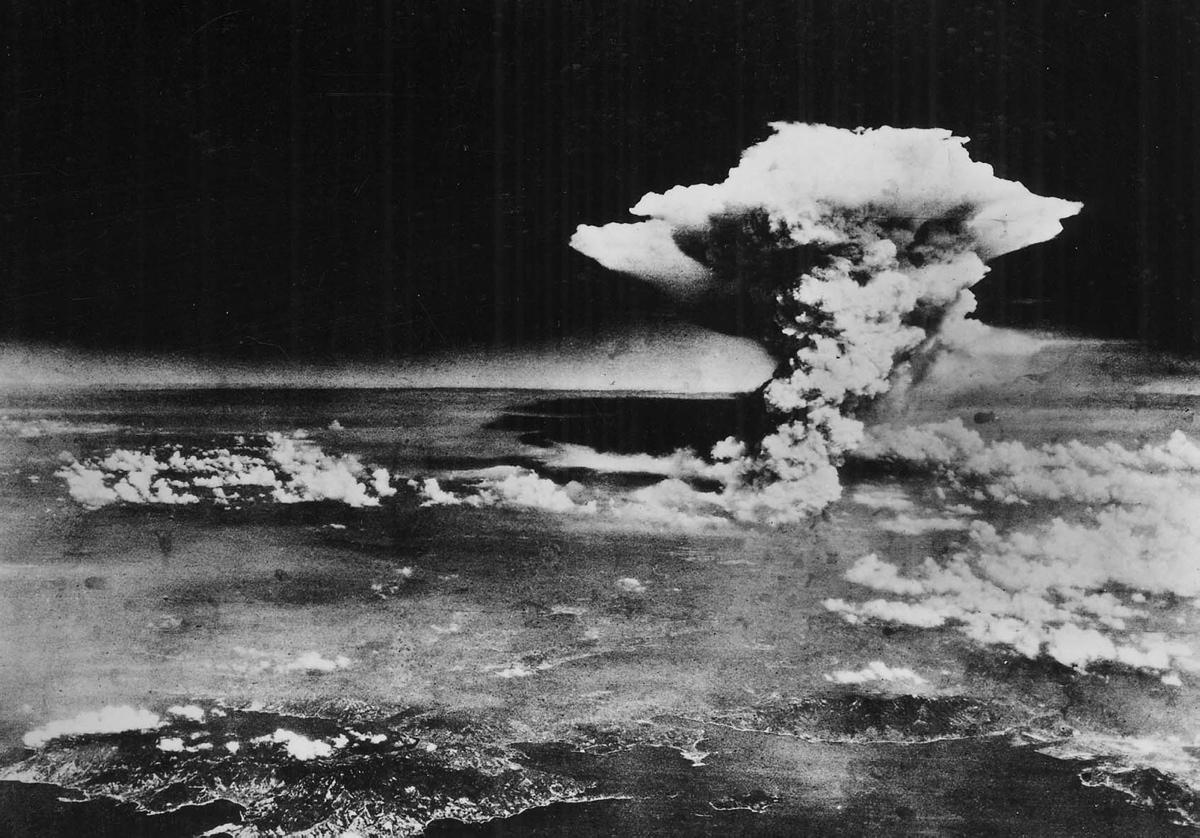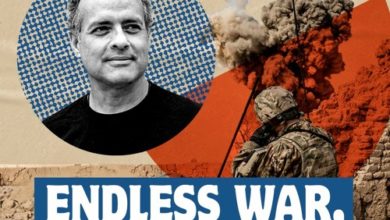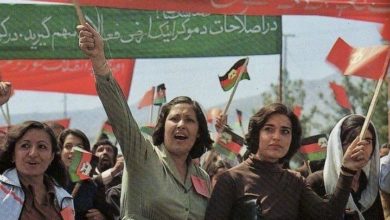The U.S. invasion and occupation of Afghanistan, now entering its ninth year, faces a crucial turning point. After years of flailing helplessly in a country that appears poised to re-confirm its historic title as the graveyard of empires, the U.S. occupation is facing an increasingly bold Afghani resistance supported by a civilian opposition that opposes the ongoing foreign occupation.
Faced with this urgent dilemma, the U.S. ruling class is starting to show signs of a split, with some calling for a large increase in troop levels, and others looking for a diplomatic way to broker a face-saving deal with the Taliban and other resistance forces. “Victory,” for the occupation forces is out of the question.
This is partly because the real goal of the invasion—as in Iraq—was to secure a compliant puppet regime that could open the country to capitalist exploitation. A strong, armed and popular resistance movement in both countries has stymied U.S. colonial efforts. Now U.S. troops are being ordered to die and kill in a cynical effort to avoid a humiliating defeat.
General Stanley McChrystal, leader of the U.S. and NATO force in Afghanistan, now numbering over 100,000, has pressed President Obama for an additional 40,000 U.S. troops. These numbers are misleading, because, as in Iraq, they do not include tens of thousands of armed mercenaries.
The split in ruling class is not over the objective of the eight-year occupation, but how best to accomplish it. Parts of the ruling class are calling for a reduced U.S. presence in Afghanistan. Under this scenario, troops would remain, as in Iraq, but not be spread across vast stretches of the country in relatively isolated outposts.
As the debate in the ruling class develops, the death toll of soldiers and civilians rises. Approximately 400 coalition troops have been killed so far in 2009, most of them from the U.S. Forty-one U.S. troops were killed in September alone. Some of the calls for a pullback can be traced to the increasingly violent attacks on U.S. forces.
In one such pre-dawn attack on Saturday, Oct. 3, an estimated 300 insurgents using machine guns, rockets and grenades attacked two isolated U.S. army outposts in eastern Afghanistan’s mountainous Nuristan province. Eight U.S. and two Afghan soldiers were killed in a battle that lasted for hours. Taliban spokesman Zabihullah Mujahid reported that 35 Afghan police were also captured in the battle.
The attack, similar to one in July 2008, in which 9 U.S. troops were killed, underscores the vulnerability of U.S. troops. The soldiers, left by their military commanders in isolated outposts, on undefined missions leaves them as easy targets for resistance forces that move about freely in their native land.
The occupation faced another ominous incident on Friday, Oct. 2, when an Afghan policeman opened fire on U.S. soldiers, killing two and wounding three. The attack came during a joint operation in which U.S. and Afghan forces were attempting to remove Taliban forces from villages.
If the military situation in Afghanistan is precarious, the tattered political fabric is coming apart at the seams, torn by widespread allegations of massive voter fraud in the national election that was meant to highlight gains being made in the occupied country. The United Nations’ reputation has been badly tarnished, when Peter Galbraith, deputy special representative in Afghanistan was fired for essentially refusing to ignore the U.N.’s apparent decision to disregard massive vote fraud in that election.
In an incident that underscores the colonial nature of the U.S-led occupation, a young Afghan girl was killed when a box full of flyers, dropped from a British airplane, struck her.
U.S. and other imperialists’ arguments that the invasion of Afghanistan was intended to bring about democracy and freedom ring hollow, exposed by the brutality and destruction wreaked by the ongoing occupation.
As the civilian death toll rises and reports come back of troops dying in a war that cannot be won, public opinion in the United States is starting to turn. What is needed is for the people to once again to take to the streets to demand an end to the occupation. Once free from foreign occupation, then the people of Afghanistan will be able to to determine their destiny.




